“I Created A Forest For Free” – A Gardening Writer Shares How She Planted 250 Trees Without Buying A Single One
Have you ever wanted your own forest or even just a few new trees? Learn how one of our writers planted an entire forest for free and how you can do the same.
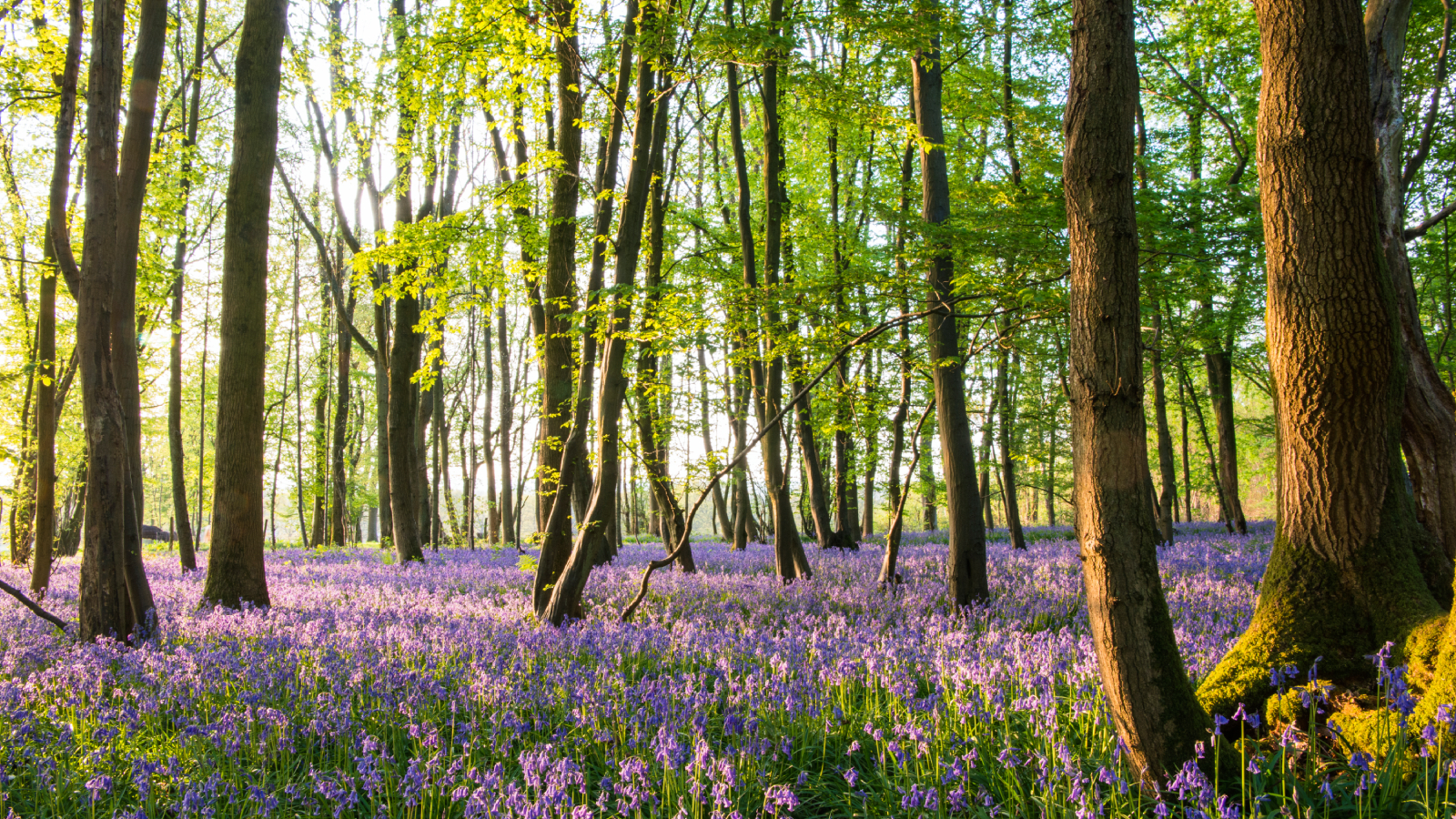
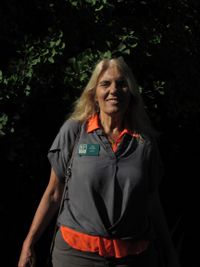
Did you ever see a clearcut mountainside and dream of waving a magic wand and bringing the trees back? Magic wands are in short supply, but with a little patience, you can enlist the help of Mother Nature and build a forest for little or no money.
Buying, planting, and growing trees can be quite expensive but trees are such a great investment in your property and your future. They support your local wildlife, beneficial insects, and can help you keep your property cooler with their shade.
So can you get free trees? Yes! I know you can, because I planted 250 trees on my land and never paid for one. I’ve got the tips you need to get trees for free.
The Backstory
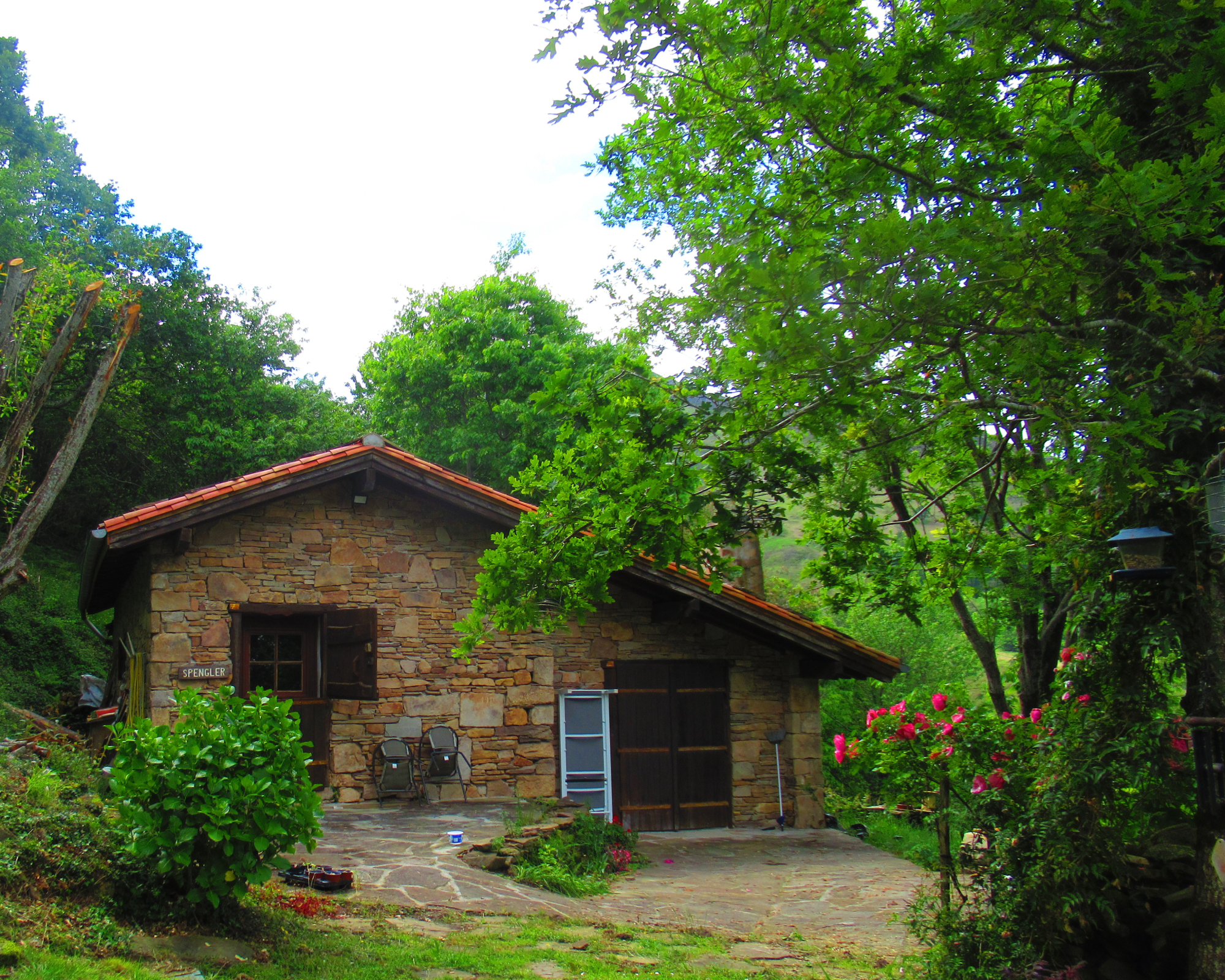
Some years back, I bought a small house on 5 acres of mountain land in Basque Country in southwestern France. The mountain was majestic – but the beech forest that had once covered the property had been clear-cut a century earlier to create pastureland for sheep. Every year they burned the mountain slopes to prevent new trees from taking root.
I didn’t have any sheep. Indeed, by the time I got to Basque Country, there were very few sheep herds roaming the mountain, and I really wished they’d left the trees. Waist-high ferns and brambles covered the slopes instead. As I cleared the brush from my land, I felt that it, too, longed for a forest. Alright, I said. Let’s do it!
Since all my savings had gone into the house, I knew I would have to start planting trees on the cheap. Today, two decades later, the entire property is overflowing with my favorite big trees – mighty oaks, silvery-green beeches, tall white birches and leafy plane trees. There are native hollies, wild cherry trees and fast-growing chestnuts. It’s been a dramatic change and a real gift to wildlife. Now mornings are full of birdsong.
I don’t mean to say this was easy. It took me a few years to figure out the best strategies for building a low-cost forest. But I know them now and am ready to share with you my best tips on how to get trees for free.
Sign up for the Gardening Know How newsletter today and receive a free copy of our e-book "How to Grow Delicious Tomatoes".
Finding Free Trees to Plant
It’s expensive to buy a young potted sapling, even if it’s small. I learned that quickly when I set about foresting my land in France. If I’d only known these truths a long time ago, I would have had a much easier time. The key is to use native trees that you grow yourself.
Determine Which Trees are Native
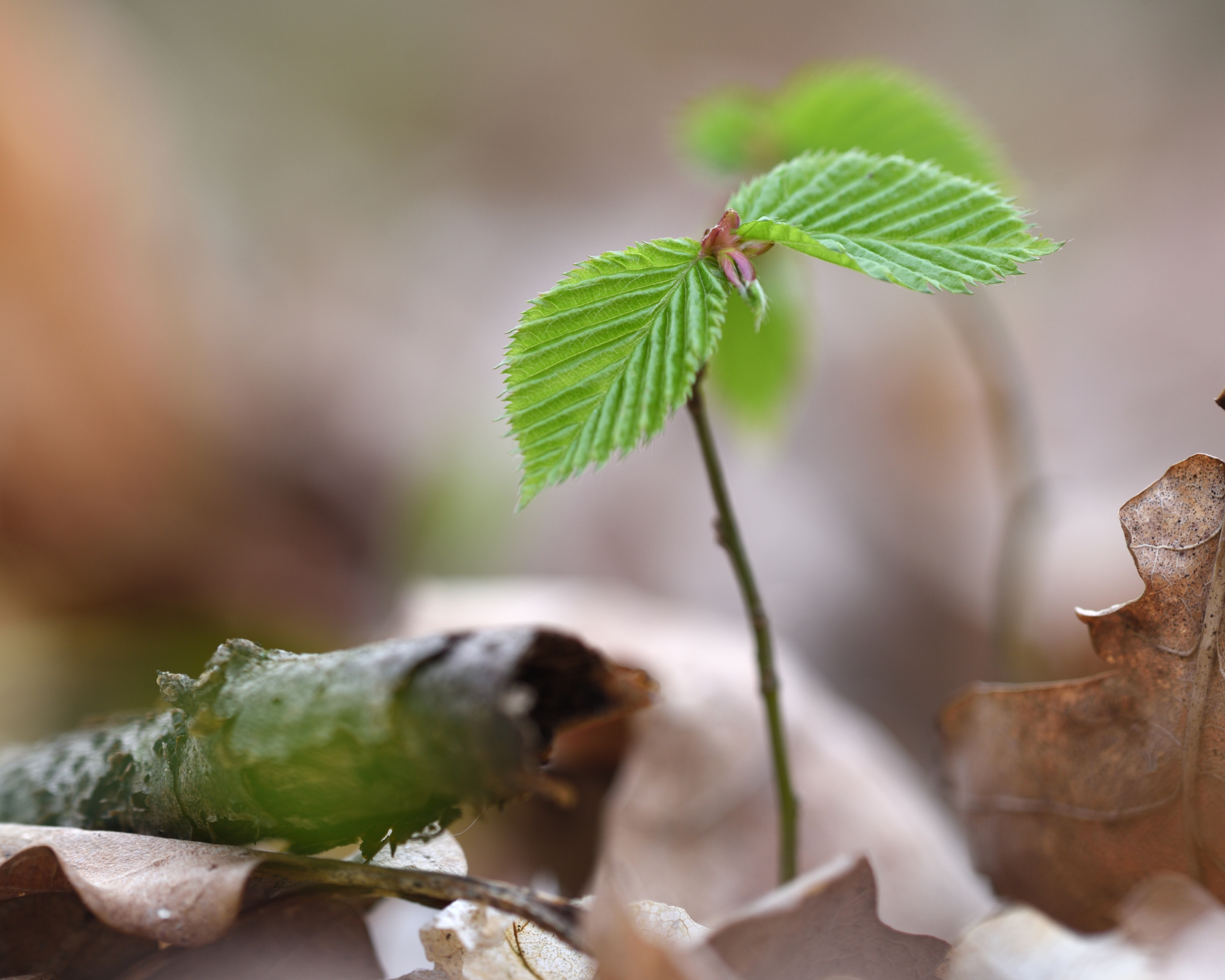
I’m embarrassed to admit how long it took me to realize that native trees were the way to go. I was already a garden writer and plant expert when I bought the property, yet I tried to install familiar trees “from back home” on my French mountain. Though I had some plant knowledge, I didn’t know then how difficult the site was. Any trees and plants on the mountain had to contend with the four seasons of the Basque climate, the shockingly strong south winds (that once blew my wheelbarrow down the mountain), the cold winters, the hot summers, and the rocky, acidic soil.
One day I woke up to reality and decided to find out which trees were native to the area. I bought a book on local trees and took it out to the town’s forest to identify them. It was tricky for me since French, Spanish and Basque are spoken in my area and the names of the trees are wildly different in each. (For example, beech trees are hêtres in French, hayedo in Spanish, fago or pago in Basque.) But I was able to come up with a short list of gorgeous trees, native to the area, that I really wanted in my landscape.
Learn From the Locals
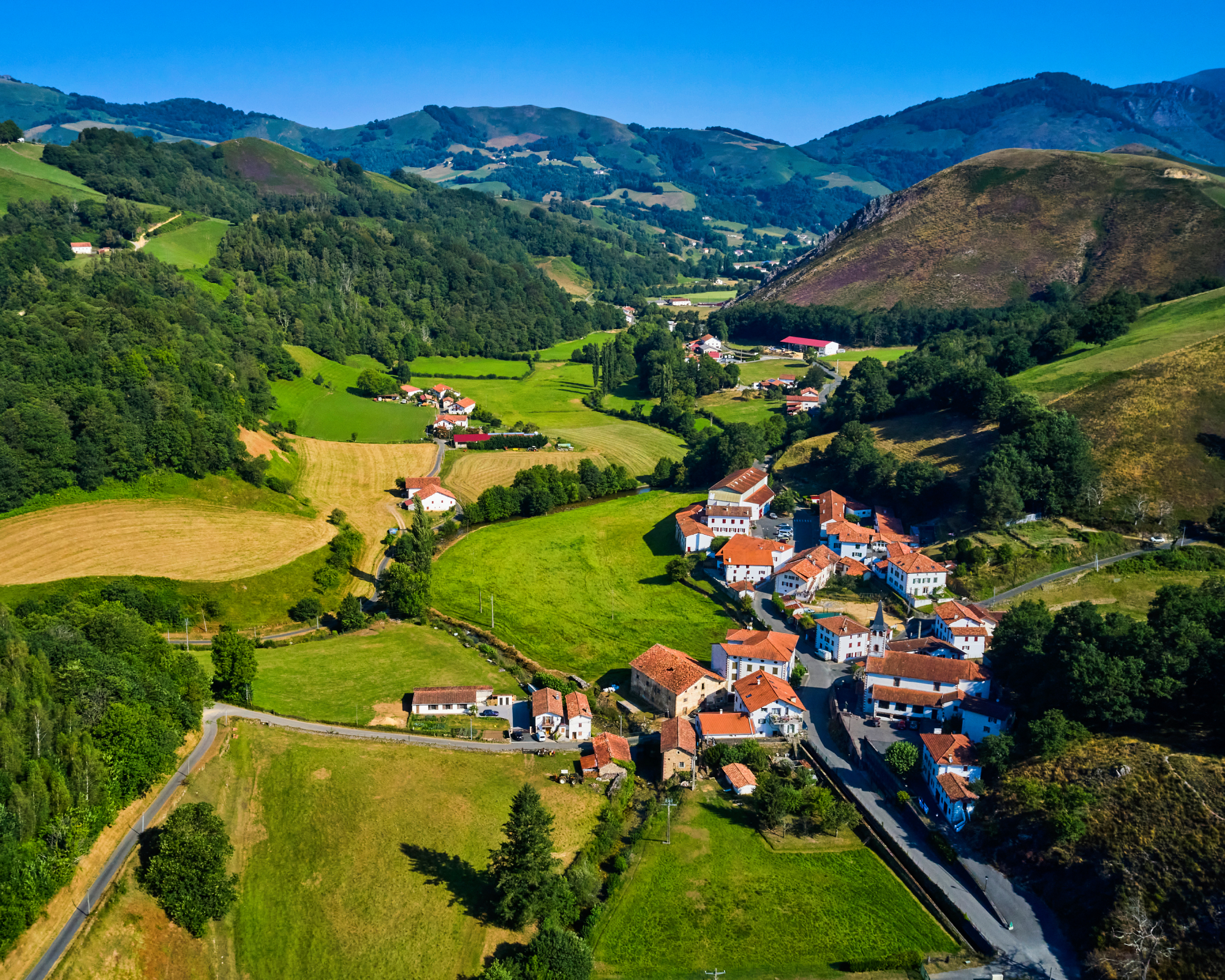
Yes, native trees are easy to grow and easy to maintain in their own region. But there’s a second advantage to going native. You can meet them up close in local forests and tap into local lore when you choose a tree to plant in your yard.
I visited my Basque neighbors to ask about local trees and how easy they are to grow. The species most often mentioned as great backyard trees were oak, beech, chestnut, and plane trees. Runners up were hawthorns, holly, and wild cherry.
Select Trees to Propagate
Some trees are easy to propagate, others are harder. My third tip is to start with those that are easiest to propagate, rather than your favorites. Because if you propagate them yourself, you can get started without buying anything.
I started my forest project with the first four mentioned by my neighbors. I was told that they were all very easy to propagate, and so it proved. Mighty oak – as we all know – grows from tiny acorns. Beech trees grow from beech nuts. Chestnut trees grow from chestnuts. And plane trees – I was told – grow fast and furious from branches cut off and thrust into the ground. I brought all of them onto my land.
Methods to Create Your Forest
Now that we have selected which trees to grow, let's discuss the methods I used to create my forest. It will take some hard work and the process will cover a few years, but the results are worth every minute and drop of sweat.
1. Gather and Scatter
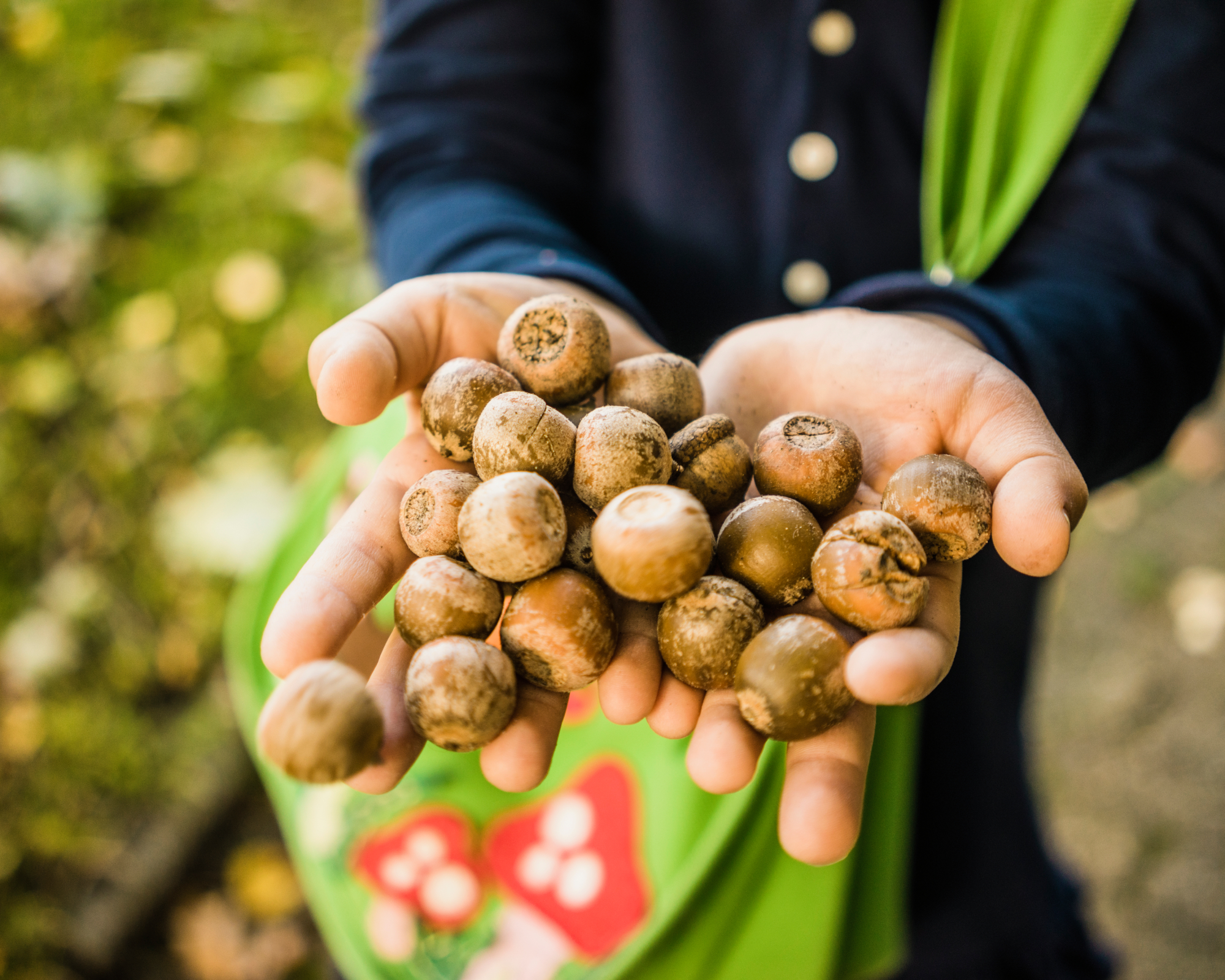
Gather a limited number of acorns or nuts to scatter the first year. You don’t need to dig holes and tuck the acorns or nuts into the soil. Just do as mother nature does and scatter them on the ground in the fall. The first year, I cleared the brush off the land with a weedwhacker and scattered the acorns and nuts around the property. Gathering nuts and seeds is made easy with a waxed canvas foraging pouch that attaches to your belt like this one from Amazon.
Where to find the nuts? Head to a nearby forest area and look on the ground in autumn. However, it should be noted that you cannot gather nuts, seeds, or anything else from national parks. And you should contact whoever owns the land before collecting anything from it.
Plan to sow some of these tree-seeds each year for three to five years. I had acres to plant, so I gathered acorns, beech nuts, and chestnuts – about 100 of each - from a forest not far from my mountain. (You may not need that many, depending on the size of your property.)
The following year, I had a good number of sprouted trees. About 20 of each species grew, over time, into little seedlings. I did have to create some barriers with chicken wire and stakes and put up some fencing to give the seedlings a chance to grow undisturbed by wildlife.
In each of the following three years, I scattered 100 more of each nut in November. I didn’t give these self-sufficient natives any extra water or fertilizer – just scattered the seeds and let nature to the rest. Every year, a few more made it into trees.
A few years later, the first of the free trees started producing seeds. These fell to the ground, creating groves of oak saplings, beech, and chestnut trees.
2. Sticks in the Ground
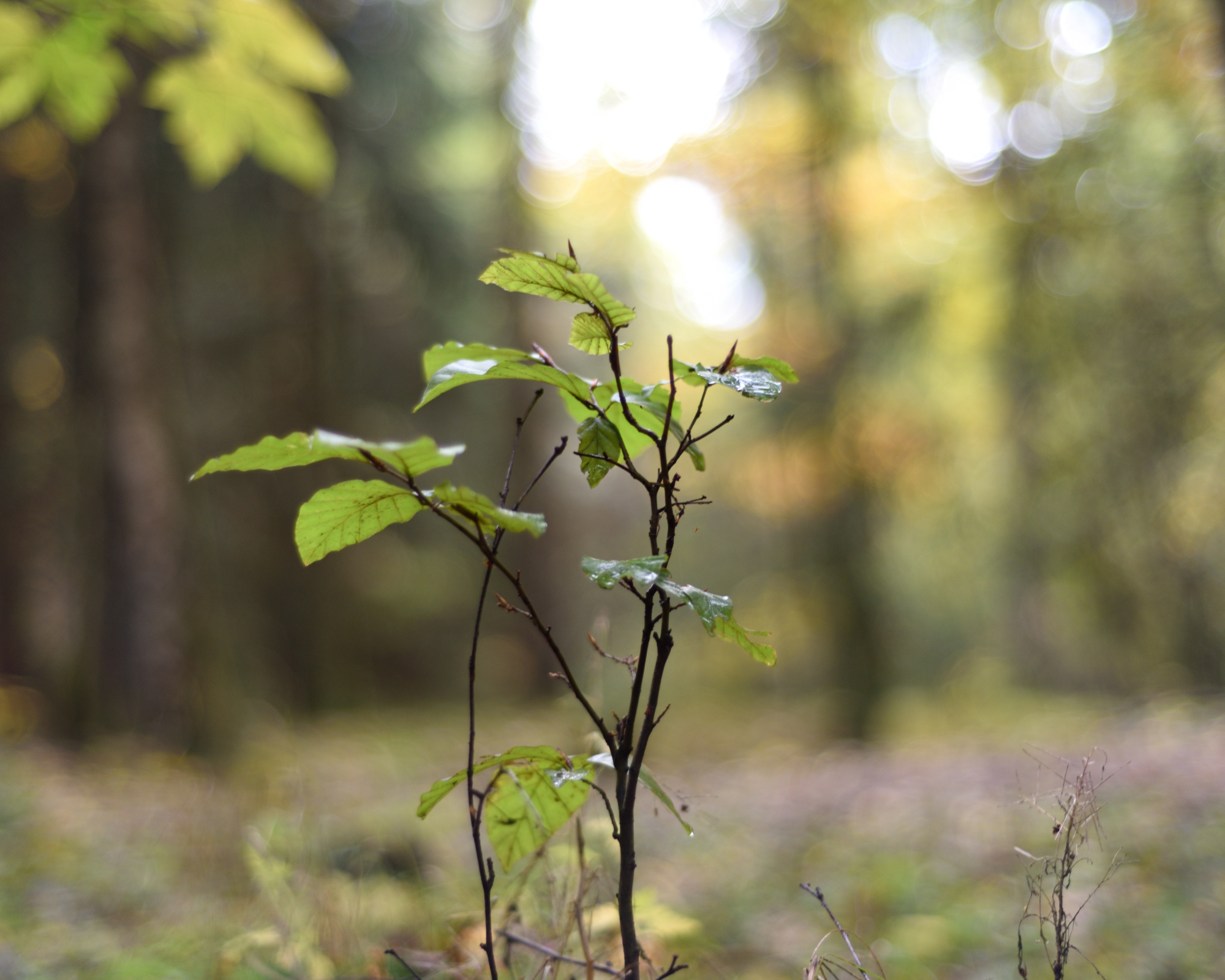
If you’re like me, “cuttings” are plant pieces at most 6 inches (15 cm) long that you place in a jar of water and allow to sprout. But when you are dealing with trees, a cutting can be an entirely different thing.
Did you know that there are some trees that can grow from a branch? That’s right! You stick the cut branch into the soil and – bingo – nature turns it into a tree.
One of these easy-to-propagate trees is the plane tree – called “platane” in French. A neighbor told me that, in autumn, my little town trims the platanes planted along city roads in autumn. He told me that if I took a 3- to 6-foot (1-2m) cut branch and stuck the cut end in the soil, it would develop a root system and grow into a tree.
Did I believe this? No. Did I try it? Yes – and it worked! I got a few branches, stuck them in the soil and the next year they grew leaves. The first one I planted is now a gorgeous tree twice as tall as the house. I planted more along the fence line with great success.
And plane trees are not the only trees that do this. The local man who helped me fence the property used hand-hewn stakes from acacia trees. Three of these stakes sprouted leaves the next spring and, over time, turned into trees. Free trees! I also found that a freshly cut willow branch will grow roots if embedded in the soil in the rainy season.
3. Berry Stratification
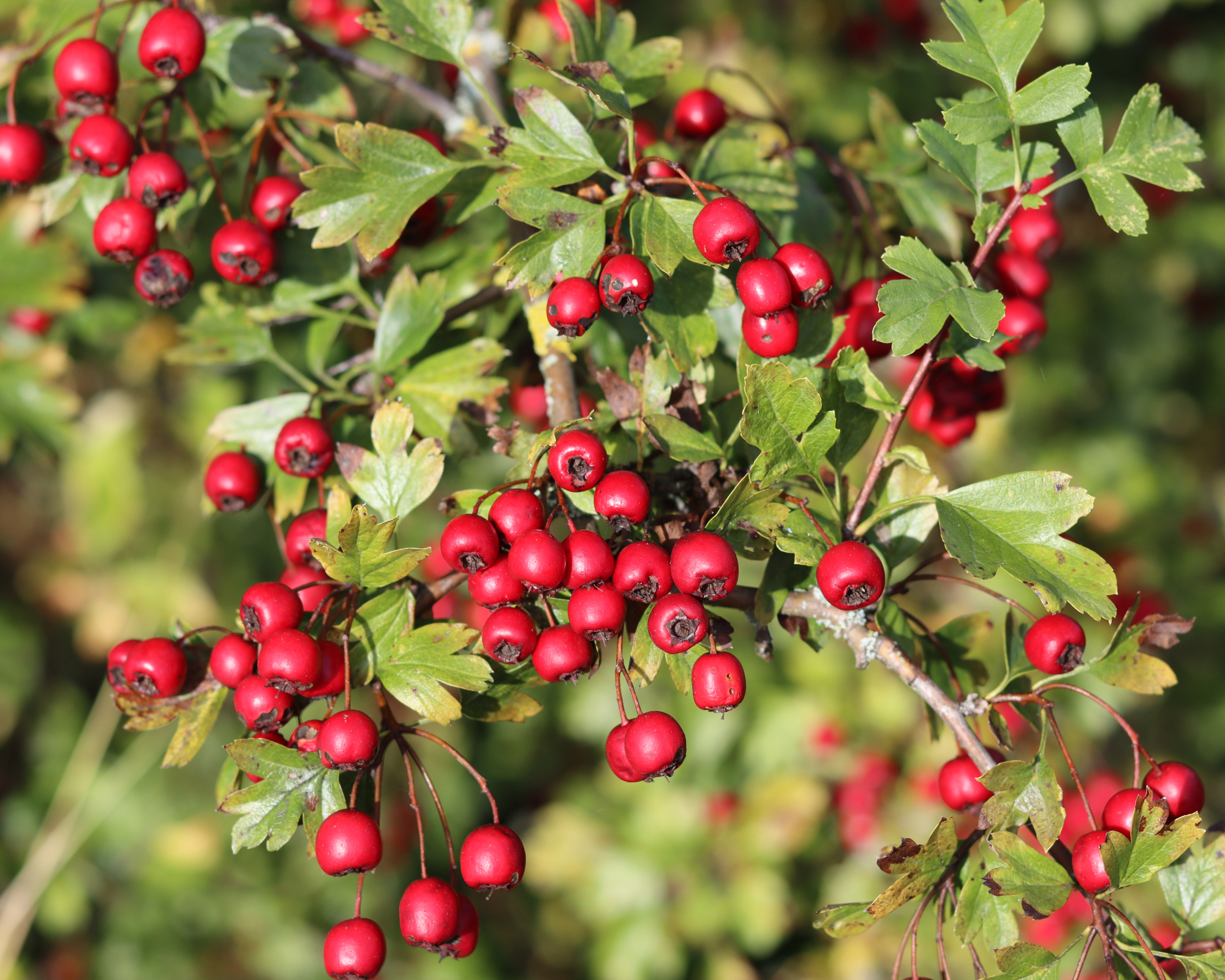
I had never seen a hawthorn tree before moving to Basque Country. These compact, thorned trees flower in spring, in a lovely white cloud of blossoms. The flowers turn into red berries in fall. The flowers assist pollinators while the berries provide wild birds with food into winter.
I saw some of these trees in the forest and – in autumn – gathered a handful of berries. I planted these in containers. Nothing the following spring – but the second spring, yes! Tiny young hawthorn trees.
I wasn’t happy with the long germination period, so when a neighbor told me to mash and then stratify the seeds (in leaf mold in the refrigerator for 2 – 4 weeks,) I willingly tried it. Yup, the seeds germinated that spring. I tried the same procedure with the native holly berries and fruit from wild cherry trees and it also seemed to speed up the procedure.
4. Save Ill-Fated Saplings
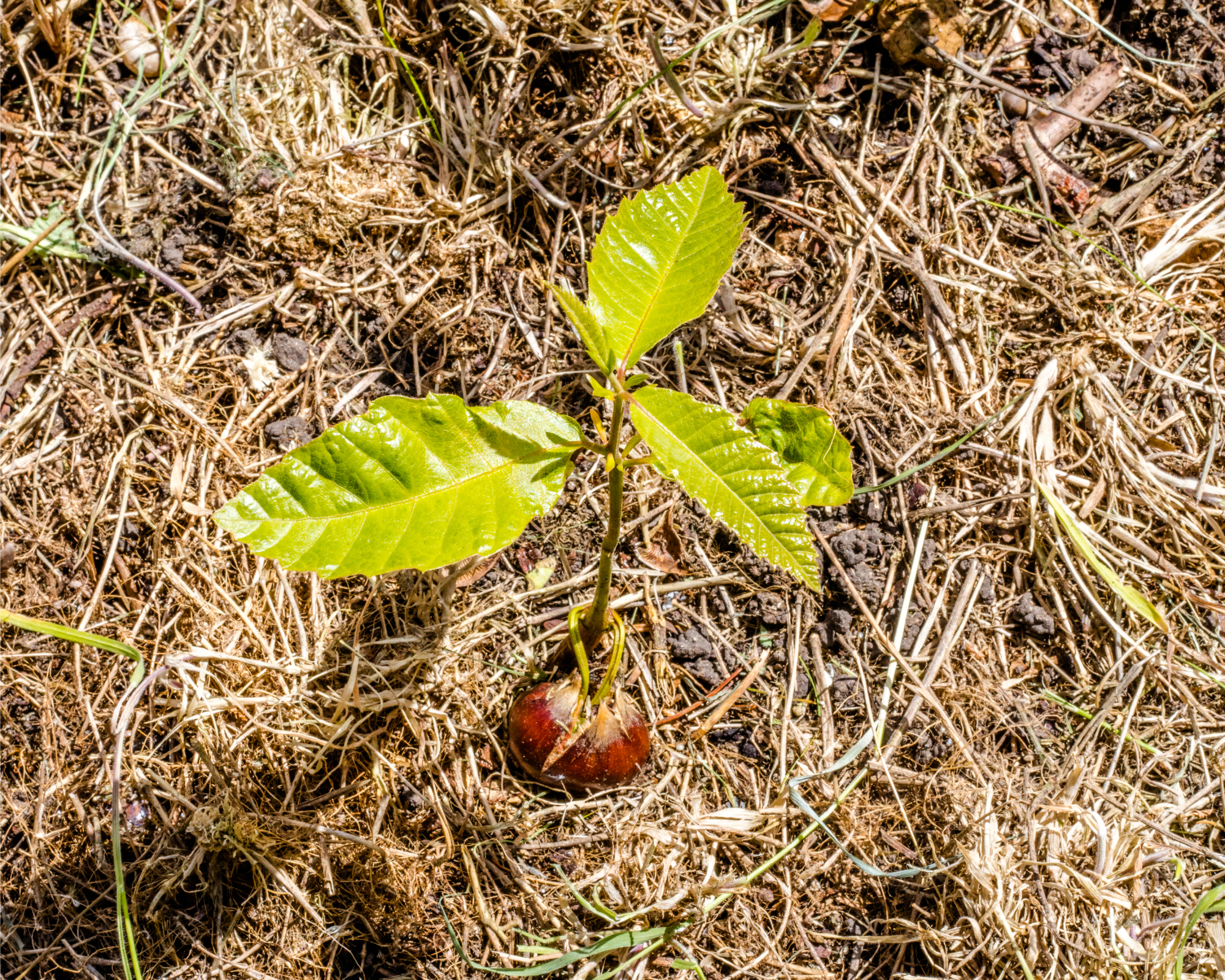
It is illegal in many areas, especially national parks, to dig up saplings that are growing in the forest, and for good reason. If many people took a dozen or two of the young trees, it would hurt the forest and the entire ecosystem.
However, I felt totally free to dig out young trees on my mountain, since the Basques burned the slopes every spring to maintain the pastureland. After speaking to my pastureland neighbors, they said I could take any saplings I wanted. So I carried a small shovel and plastic bags when I hiked the mountain and brought home young trees to transplant from the woods.
Other young trees that are doomed are those that result from seeds or nuts that fall and germinate on steep rock cliffs. The rocks are lightly covered with soil – enough soil to allow seeds to germinate but not enough to give the young tree’s roots room to establish. Their lives are not very long – unless they are 'rescued' by a passing gardener. Hauling collected seedlings home is easy with a mesh foraging bag with a shoulder strap like this one from Amazon.
And, finally, seeds that fall and germinate in a thick grove of trees will never get enough sun to thrive. These are also potential young trees to bring home.

So go ahead and create a forest if you have the urge to do so. You will benefit from cultivating a deeper relationship with your land, and reforestation is a gift you can give back to Mother Nature. If you follow my tips and pack your patience, you will definitely succeed.
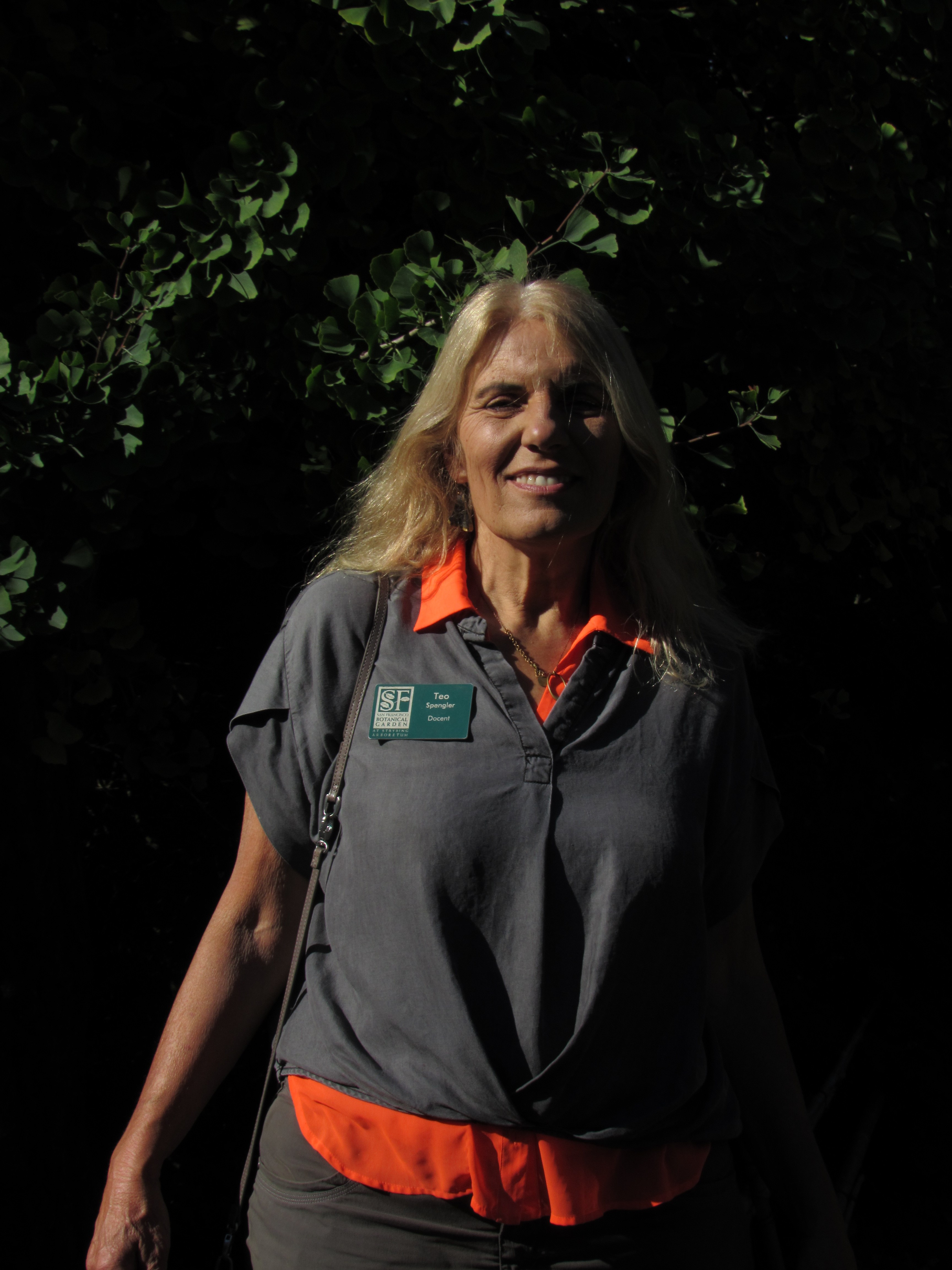
Teo Spengler is a master gardener and a docent at the San Francisco Botanical Garden, where she hosts public tours. She has studied horticulture and written about nature, trees, plants, and gardening for more than two decades, following a career as an attorney and legal writer. Her extended family includes some 30 houseplants and hundreds of outdoor plants, including 250 trees, which are her main passion. Spengler currently splits her life between San Francisco and the French Basque Country, though she was raised in Alaska, giving her experience of gardening in a range of climates.